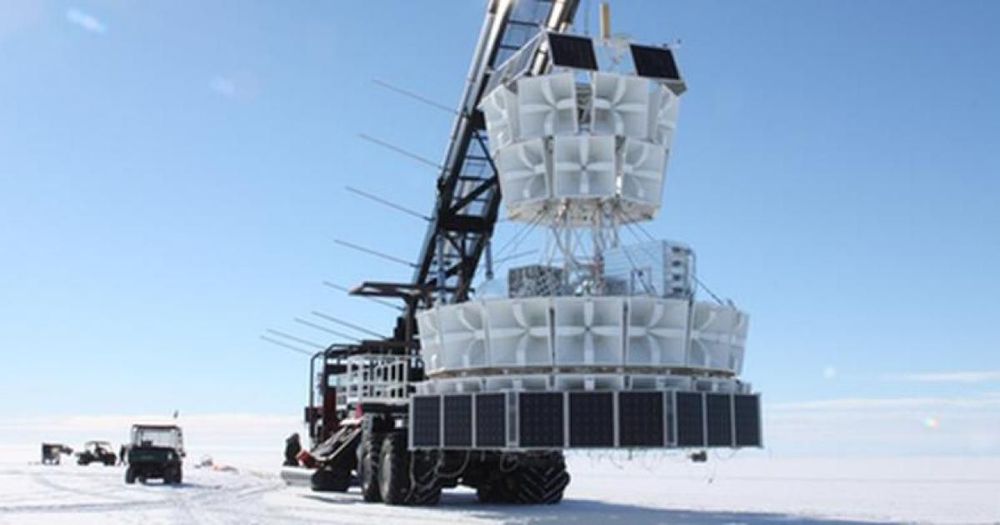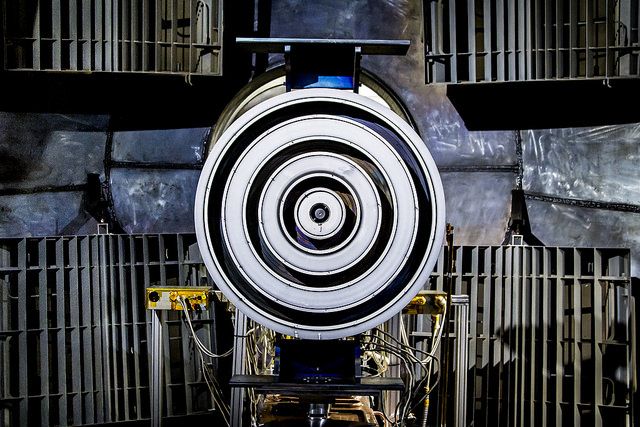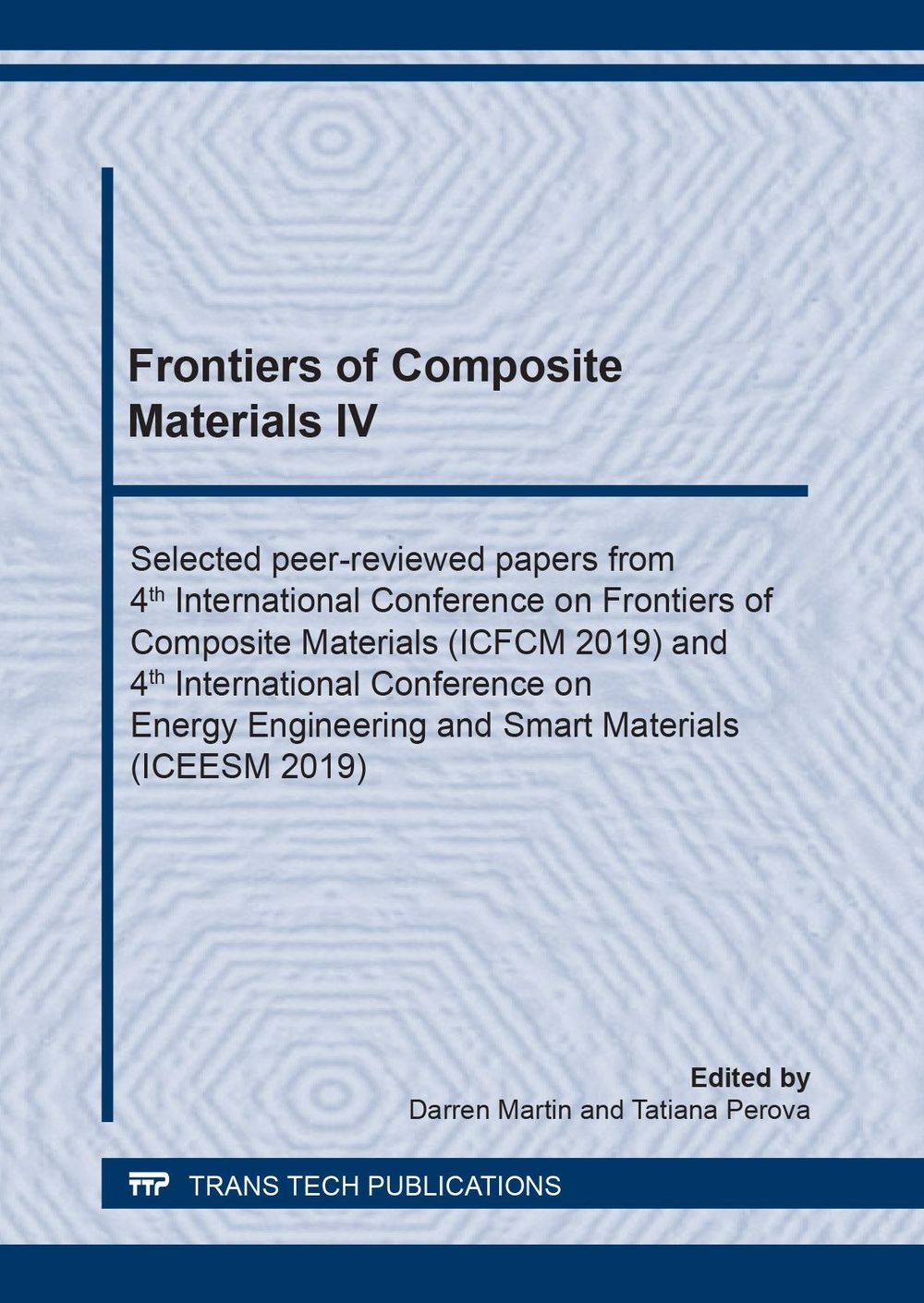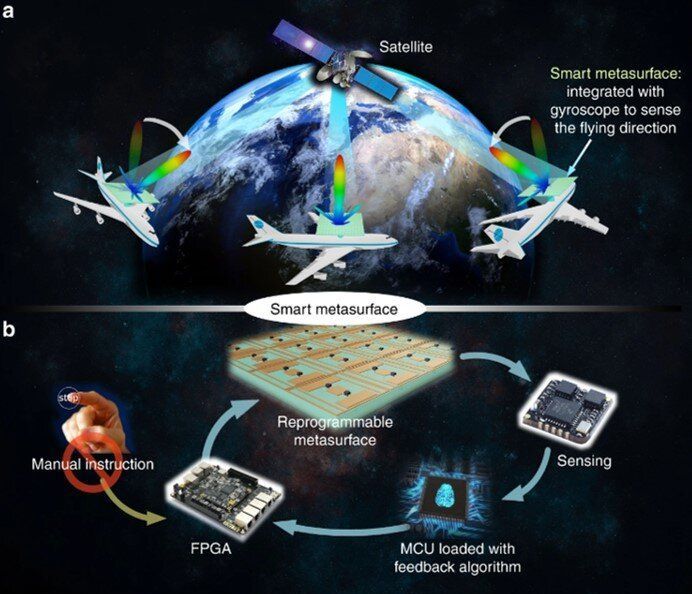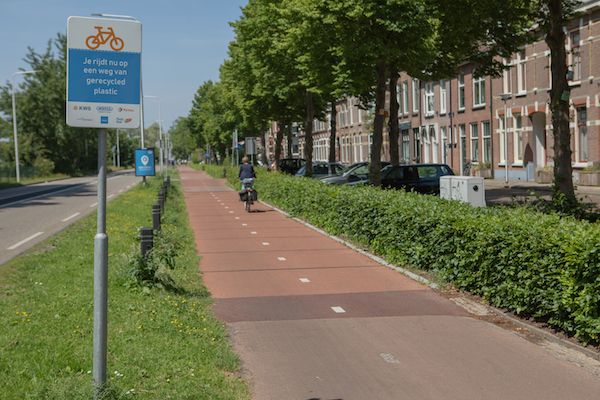NASA has conducted an experiment in Antarctica, which has revealed new evidence that a parallel universe exists, except the rules of physics, are the opposite of ours.
Physicists have been debating among one another since 1952 of the possibility of a multiverse, whereby many universes exist parallel to ours. These universes could have different laws of physics, or even be similar to ours — just with different timelines.
The original theory was proposed by Quantum science pioneer Erwin Schrodinger, and even he admitted that he might have seemed a little crazy when he hosted that lecture. But now a new discovery has pushed scientists to reconsider if his theory is really as far-fetched as they thought it was. A cosmic ray detection experiment in Antarctica found a particle that very well may be from another universe.
